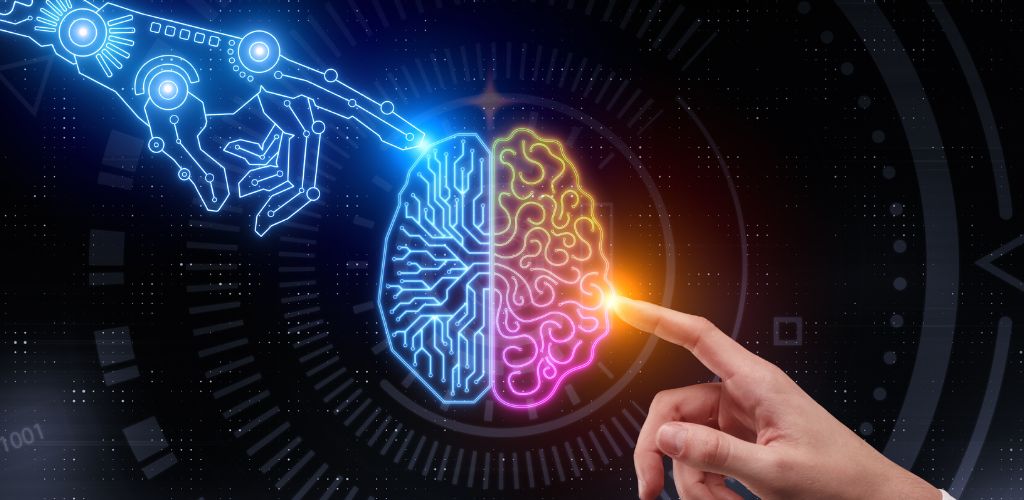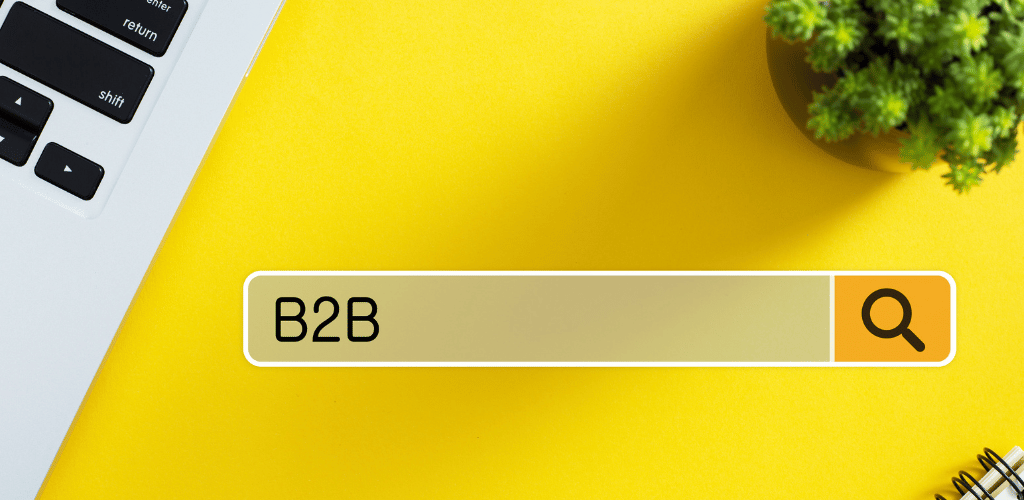One of the most apparent traits we notice in people from the creative field is their ability to think emotionally. An artiste’s work always reflects his or her emotions and experiences –paintings, writings, song lyrics, or even films. And I believe it’s this ability, to think and express themselves emotionally that makes them creative.
American astrophysicist, author, and science communicator Neil DeGrasse Tyson once said, “Rational thoughts never drive people’s creativity the way emotions do.” Research says that a certain amount of emotional intelligence is required to think creatively. Emotional Intelligence is “the capability to recognize one’s own emotions and those of others, and to discern between different feelings and label them appropriately.”
From this definition, we infer that emotional intelligence involves the ability to accurately know the emotional states of others, which is a role we all need to play in our daily jobs. Consciously or subconsciously, we use our emotional intelligence to understand our consumers and clients and come up with strategies to influence them. Even the solutions we develop or provide reflect our understanding of the insights we draw from our research and analysis.
Applying one’s emotional intelligence to solve everyday problems needs skill and practice. As marketers or communications professionals, we do many things regularly that require effective use of emotional intelligence. For instance, the key focus areas for the success of a brand are to understand and arrive at a consumer insight, carry out the branding exercise, plan the consumer engagement activities, and so forth. Here, I have illustrated how, at each level, emotional intelligence helps us enhance our creativity and develop better and more effective communication.
- Analyzing and arriving at a consumer insight - To interpret the insight from the available data points requires a certain amount of emotional intelligence at work. One needs to empathize with the consumer, relate to the data points at an emotional level, and then arrive at the insight. The more we connect emotionally to the consumer, the closer and clearer insights we gain. The emotional quotient brought in the consumers’ pain points and helped arrive at a clear communication for Moov (muscle relaxant). It also had the benefit of a simple phrase – “Aah se Aaha tak” (An expression in Hindi used to convey the consumers’ journey from pain to relief).
- Developing Creative Solutions - Any experience, good or bad, stays with you because of its emotional impact on you. If you haven’t made an emotional connection with an event or incident, you won’t recall it or connect it with any situation, brief, or problem. Thus, emotional intelligence is vital in helping one craft an idea from their daily experiences. In his interview to a media house, Adman Piyush Pandey explained that his upbringing in Jaipur led to the use of life in Rajasthan in his Fevicol ads in the 90s. He drew inspiration from the lives and culture of people there, which fit Fevicol’s brief just right and thus became a huge hit and is considered one of the best advertisements ever.
- Designing Creative Solutions – The impact of a communication piece also depends on its look and feel. It is not merely for aesthetics that specific colors and fonts are used for particular types of brands and their communications. At a subconscious level, all these elements play a part in influencing the consumer to respond positively to a brand or help in brand recall.
In short, our emotional intelligence helps build a connection with the consumers, understand them better, and design communications they can relate to. The study says one’s ability to use one’s thoughts, feelings, and intuitions that help solve problems. This ability urges us to develop creative solutions to design persuasive communications to influence thinking and actions. At each level of developing and creating effective and successful communication strategies and collaterals, our emotional intelligence helps us craft effective communications.
Today, due to AI and automation, there is a sudden rise in discussions around emotional intelligence. But if you ask me, emotional intelligence is always relevant to communication and creativity. The best creative advertisements have been possible due to emotional intelligence at various levels of planning, strategizing, conceptualizing, and developing these ads.
Let us know what you think at hello@inkspeak.in. We would love to hear from you.




